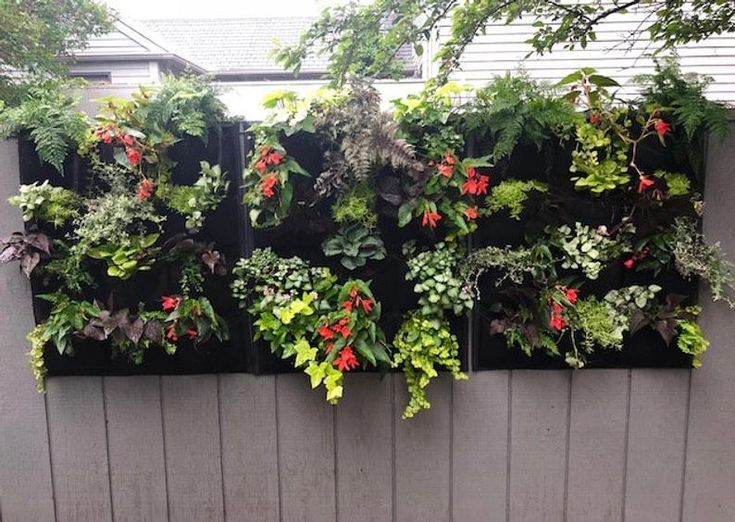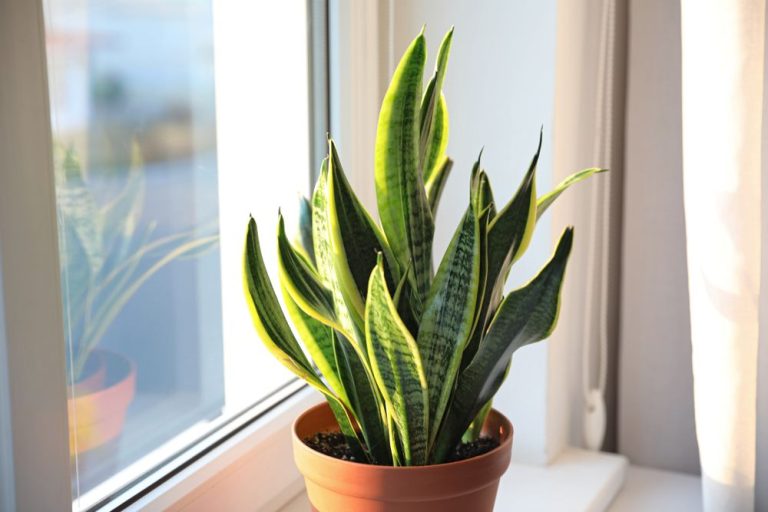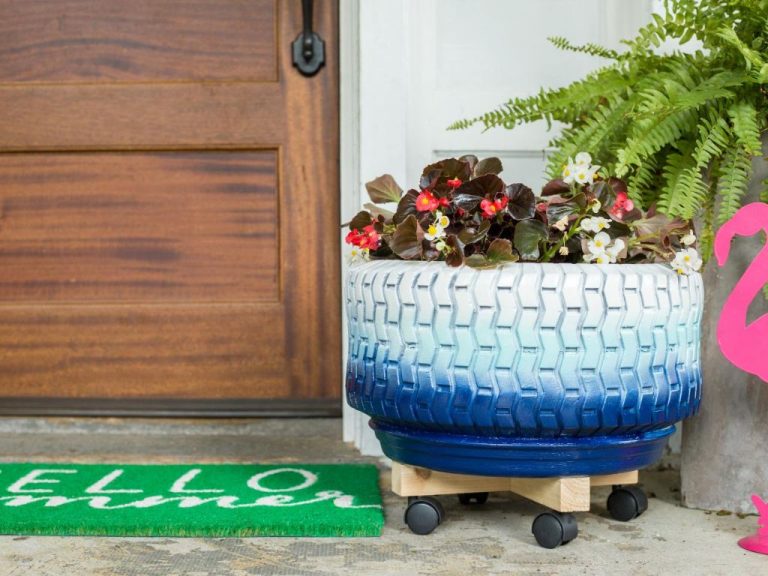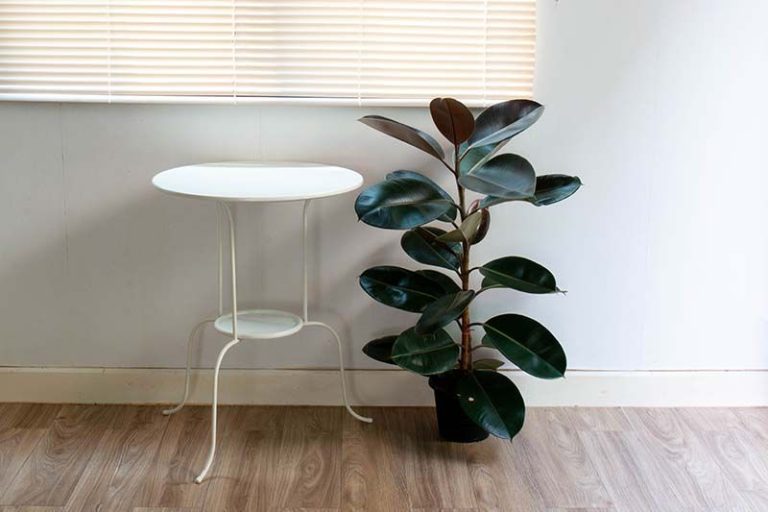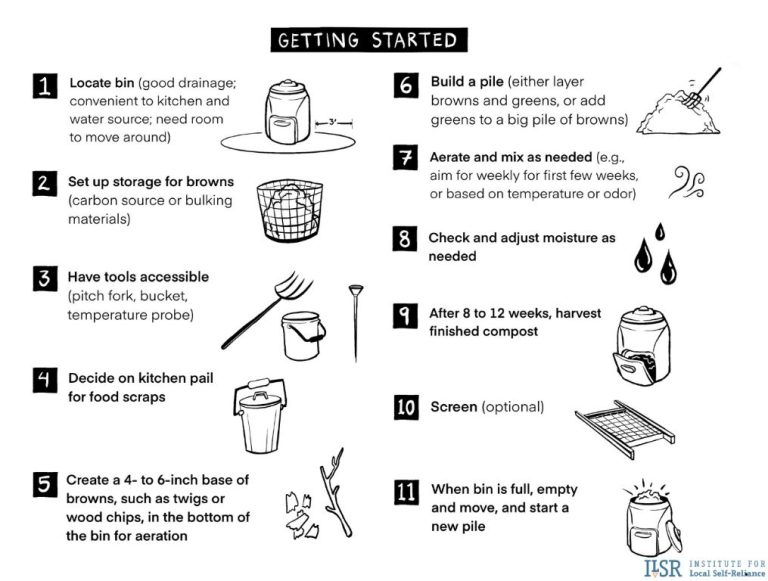The Essential Guide To Caring For Your Fiddle Leaf Fig
The fiddle leaf fig (Ficus lyrata) is a popular houseplant known for its large, vibrant green leaves with violin-shaped silhouettes. Native to tropical rainforests in West Africa, fiddle leaf figs thrive in warm, humid environments and can grow over 50 feet tall in their natural habitat. These plants likely originated in the lowland rainforests of Sierra Leone and other West African countries, where annual rainfall exceeds 200 inches.
In recent years, fiddle leaf figs have become a mainstay in home and office decor. Their dramatic fronds add visual interest to any space. Plus, fiddle leaf figs are relatively easy to care for indoors compared to other tropical plants. With the right conditions, these statement-making plants can lend a touch of the tropics to homes anywhere.
Fiddle leaf figs owe much of their popularity to their elegant, violin-shaped leaves. These distinctive leaves can grow over a foot long on mature plants. Their bold veining and vibrant color make them stand out. Beyond aesthetics, fiddle leaf figs help purify indoor air by removing toxins. All these qualities make fiddle leaf figs a go-to choice for adding natural beauty to indoor spaces.
Ideal Growing Conditions
Fiddle leaf figs thrive in warm temperatures between 65-80°F. They prefer consistent temperatures and should not be exposed to cold drafts or frequent temperature fluctuations, which can cause leaf drop. The ideal humidity range is 40-60% (source).
Fiddle leaf figs require bright, indirect light to maintain their lush foliage. Place them near an east or west facing window where they will get 4-6 hours of sun exposure daily (source). Avoid direct southern light which can scorch the leaves. Rotate the plant periodically to encourage even growth.
These plants prefer soil that is consistently moist but not soggy. Water when the top inch of soil feels dry. Allow the soil to dry out slightly between waterings and avoid overwatering. Fiddle leaf figs are sensitive to mineral buildup in tap water, so filtered or distilled water is best.
Soil Needs
Fiddle leaf figs thrive in a well-draining potting mix that retains some moisture but allows excess water to drain away. The soil should be loose and airy yet have enough peat or compost to hold onto some moisture. As recommended by
Greenhouse Studio, use a peat-based potting mix amended with perlite for optimal drainage. Avoid heavy, dense soils that stay wet.
A good general potting mix for fiddle leaf figs contains:
- 2 parts potting soil or compost
- 1 part perlite or pumice for drainage
- Optionally 1 part peat moss to retain moisture
You can also purchase a pre-mixed indoor plant potting soil that contains coco coir or bark instead of peat. As recommended by Fiddle Leaf Fig Plant, choose a fast-draining soil labeled for houseplants.
Fiddle leaf figs are heavy feeders and benefit from regular fertilization during the growing season. Use a balanced liquid fertilizer diluted to half strength every 2-4 weeks from spring through summer. In fall and winter, reduce fertilizer application. Always follow label directions carefully.
Pot Size and Placement
When choosing a pot for your fiddle leaf fig, it’s important to select one that provides enough room for growth but isn’t drastically larger than the current pot. Generally, choosing a pot that is 2-3 inches larger in diameter than the current pot is recommended. The pot should be approximately 1/3 the size of the plant or the container should be 2/3 of the size of the plant. Source
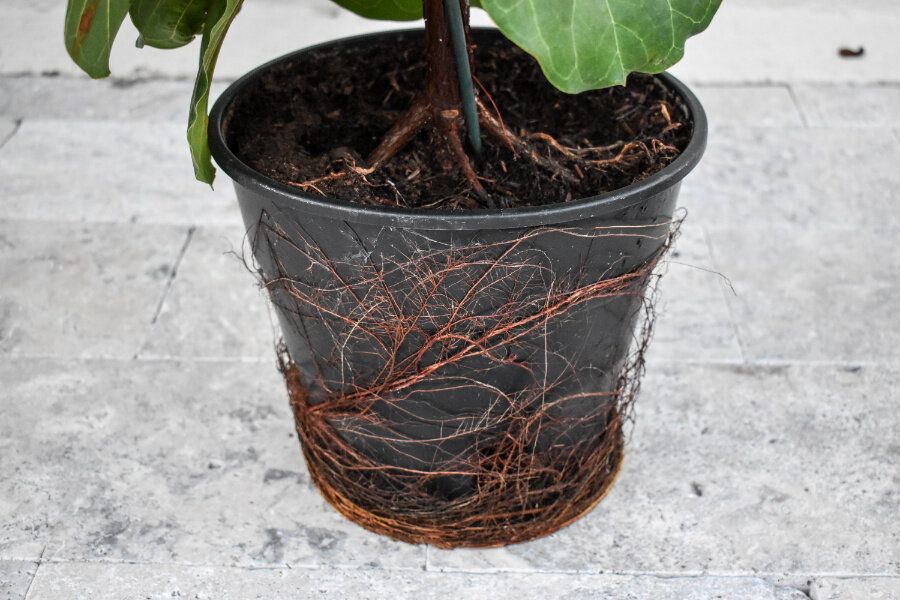
Fiddle leaf figs like to be somewhat root-bound or “snug” in their pots. Only repot into a larger container once you notice roots popping out of the drainage holes or crawling over the surface of the soil. Avoid pots that are oversized, as this can lead to problems with overwatering. Source
In terms of placement, fiddle leaf figs prefer bright, indirect light. Position them near a south or west facing window where they will get plenty of light but avoid hot, direct afternoon sun which can scorch their leaves. Turn the plant periodically so all sides get even light exposure. Keep out of drafty areas which can cause leaf drop.
Watering Best Practices
Fiddle leaf figs prefer a thorough soak about once per week when the top few inches of soil become dry. Allow the pot to drain completely after watering before returning it to the saucer.
Signs of underwatering include drooping, wrinkled, or curled leaves. If the leaves start to turn yellow or brown at the edges or tips, it’s likely being overwatered. The leaves may also turn yellow if subjected to wet feet or soggy soil for too long.
Water slowly and deeply until water drains from the drainage holes at the bottom of the pot. Pour room temperature water directly into the soil and avoid getting the leaves wet to prevent disease. Filtered water is ideal as tap water may contain chemicals like fluoride and chlorine that can build up in the soil over time. Distilled water lacks the minerals that plants need, so unless your tap water is highly contaminated, filtered water is best.
In winter when growth has slowed, allow the soil to dry out a bit more between waterings. The plant likely won’t need as frequent watering in colder months.
Check the moisture level with your finger about 1-2 inches down into the soil before watering. If the soil is dry deeper down, it’s time to water thoroughly until it flows from the drainage holes. Take care not to oversaturate the soil.
Humidity Requirements
Fiddle leaf figs thrive in humid conditions between 40-60% humidity.1 This mimics the tropical climate of their native West Africa. Humidity levels below 40% may cause issues like browning leaf edges and dropped leaves. On the other end, humidity above 60% makes them more prone to pests and diseases.
There are a few ways to increase humidity for your fiddle leaf fig:2
- Use a humidifier near your plant to add moisture to the air.
- Group plants together to create a microclimate.
- Mist the leaves daily with room temperature water.
- Place the pot on a pebble tray filled with water.
- Move your plant to the bathroom for a humidity boost.
Monitor your plant and make adjustments as needed to keep the humidity in the sweet spot.
Light Requirements
Fiddle leaf figs need bright, indirect light to thrive. Direct sunlight can scorch their leaves, but too little light will result in small, sparse leaves and leggy growth. The ideal light level for a fiddle leaf fig is 400 lux or higher according to this source.
Maximizing light exposure involves placing your fiddle leaf fig near a brightly lit window, but not directly touching the glass. South or west facing windows tend to provide the brightest light. You can also supplement with a grow light if needed. Rotate the plant periodically so all sides get even light exposure. Pruning will also help the plant fill out and prevent legginess. If you notice small new leaves or reachy growth upwards, that’s a sign your fiddle leaf fig needs more light.
Pruning and Maintenance
To keep your fiddle leaf fig healthy and promote new growth, it’s important to prune it at least once a year, ideally in spring or summer. According to The Spruce, the best time to prune is when the plant is actively producing new leaves and shoots.
When pruning, use clean, sharp gardening shears or scissors. Make cuts about 1/2 inch above any leaves or the trunk to allow the plant to heal properly without risk of infection, as recommended by Fiddle Leaf Fig Plant. Remove any dead or dying leaves and branches to improve airflow and light exposure. You can also prune to control the plant’s shape and size.
In addition to yearly pruning, it’s important to regularly clean the fiddle leaf fig’s leaves to allow optimal photosynthesis. About once a month, use a damp cloth to gently wipe away any dust that accumulates on the leaves. Be careful not to damage the fragile leaves in the process.
Fiddle leaf figs have relatively shallow root systems and appreciate being repotted every 2-3 years as they outgrow their containers. Repot in early spring using a pot only 1-2 inches larger than the current size. Make sure the pot has drainage holes and use a well-draining potting mix amended with perlite or bark chips.
Troubleshooting Common Issues
Fiddle leaf figs are generally low maintenance plants, but may encounter some common problems. Here are some tips for troubleshooting the most frequent issues:
Yellow Leaves
Yellowing leaves usually indicate overwatering or under watering. Check the soil moisture before watering again. The top inch should be dry before watering. Let the soil dry out a bit if you suspect overwatering. Increase watering if the leaves are yellow and dry.
Insufficient light can also cause yellow leaves. Ensure the plant gets bright, indirect light. Some direct morning sun is ok. Move it closer to a window if light is low.
Brown Spots
Brown crispy spots usually mean the air is too dry. Mist the leaves every few days and use a pebble tray to increase humidity. Make sure the plant isn’t sitting in direct air flow from heating/cooling vents which can dry it out.
Mineral buildup from tap water can also cause brown spots. Use filtered or distilled water if your tap water is hard.
Leaf Drop
It’s normal for fiddle leaf figs to shed older leaves. But excessive leaf drop can indicate stress. Ensure proper watering, light and humidity. Also check for drafts, pests, and root restriction.
Repot in fresh soil if roots have filled the current pot. Prune off any excessive top growth stretching for light. This encourages growth lower down.
Protect from drastic temperature changes that can shock the plant. Move it away from cold drafts in winter.
Caring for a Fiddle Leaf Fig: Final Tips
To recap, caring for a fiddle leaf fig requires paying close attention to several key factors. Fiddle leaf figs thrive in bright, indirect sunlight and moderate to high humidity levels. They prefer slightly acidic, well-draining soil that is kept consistently moist but not wet. Providing adequate light, humidity, water, drainage and using proper soil are essential for healthy growth.
Fiddle leaf figs also benefit from regular pruning to shape the plant and promote bushiness. Watch for pests like mealybugs and scale, and treat any infestations promptly. Turn the plant periodically for even growth and dust the leaves to increase light exposure.
If you notice any troubling signs like yellowing leaves, brown spots, or dropping leaves, review the troubleshooting tips. With the proper care, your fiddle leaf fig can grow into an amazing statement plant for your home or office.
For further help, consult reputable online sources like Greenery Unlimited, HGTV, and Better Homes & Gardens. Local plant nurseries can also provide valuable caretaking tips.

